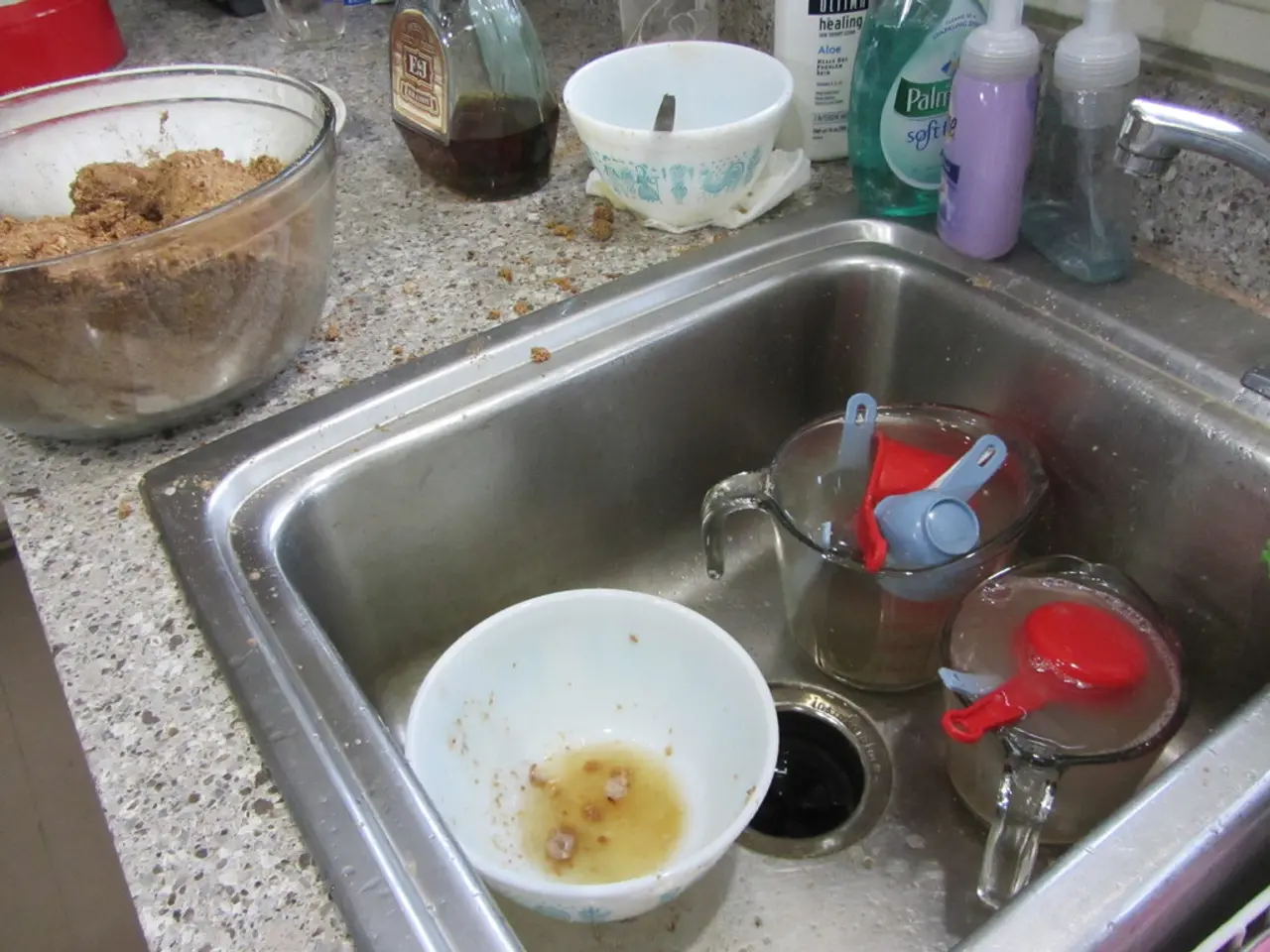Is it Better to Cover a Wound or Allow It to Breathe Open?
Wounds, whether minor or major, can be a source of concern for many. A general rule of thumb is to cover wounds with a clean bandage or dressing to keep them moist, warm, and protected from infection. However, there are exceptions to this rule, and it's essential to understand when airing out a wound might be preferable or necessary.
Exceptions to the rule of covering wounds exist, primarily based on the wound type, healing stage, and infection risk. For instance, dry wounds or superficial abrasions might benefit from brief airing to allow drying and scab formation, which can protect against microbial colonization. However, prolonged exposure to air can dry out the wound excessively and slow the healing process.
Infected wounds or wounds at high risk of infection should generally be kept covered with appropriate dressings to maintain a moist, clean environment and prevent contamination. Open-air exposure can increase the infection risk, especially in patients with compromised immunity or contaminated wounds.
Chronic or non-healing wounds typically require dressings that maintain a warm, moist environment to promote healing. Air exposure may hinder this process and should be avoided unless directed by a clinician.
Puncture wounds or deep wounds require medical evaluation and are usually bandaged after cleaning to reduce infection risk.
Specific conditions such as active Charcot deformity or structural abnormalities in diabetic foot ulcers contraindicate some advanced dressings but don't suggest airing; rather, specialized care with barriers or substitutes is required.
In summary, the exceptions to always covering wounds happen when:
- The wound benefits temporarily from drying (e.g., minor scrapes with low infection risk)
- There is a need to visually assess or clean the wound frequently
- The wound is highly contaminated and requires expert evaluation before dressing
Most wounds heal better under moist, warm, and protected conditions with a covering dressing that prevents infection and promotes tissue repair. Gauze or a bandage is typically used to cover a wound, and it's important to seek medical advice if a wound is deep, not healing, or suspected to be infected.
Avoiding airing out most wounds isn't just beneficial for the healing process; it also helps keep new skin and other cells alive. Covering a wound protects the area from dirt, germs, and further injury. Topical antibiotic ointment is often applied to a scrape or small cut to prevent infection.
Plastic surgeon Christi Cavaliere, MD, provides insight, emphasizing that not all wounds need to be covered for healing. For instance, small dry scabs from minor cuts and scrapes can be left uncovered. Pressure ulcers on the heels can often be left open to dry.
However, it's crucial to remember that every wound is unique, and personalised care is essential. If you're unsure about how to handle a particular wound, always consult a healthcare professional. The use of a bandage or covering can help maintain a moist wound surface, making the healing process more comfortable. Leaving a wound uncovered may dry out new surface cells, increasing pain or slowing the healing process.
- In the case of minor, dry wounds or superficial abrasions, brief airing can be beneficial as it allows drying and scab formation, potentially reducing microbial colonization.
- For certain conditions such as pressure ulcers on the heels, leaving the wound uncovered can be an acceptable practice.
- Certain specific wounds, like highly contaminated, deep, or infected ones, might require expert evaluation and medical treatment before being exposed to air.




